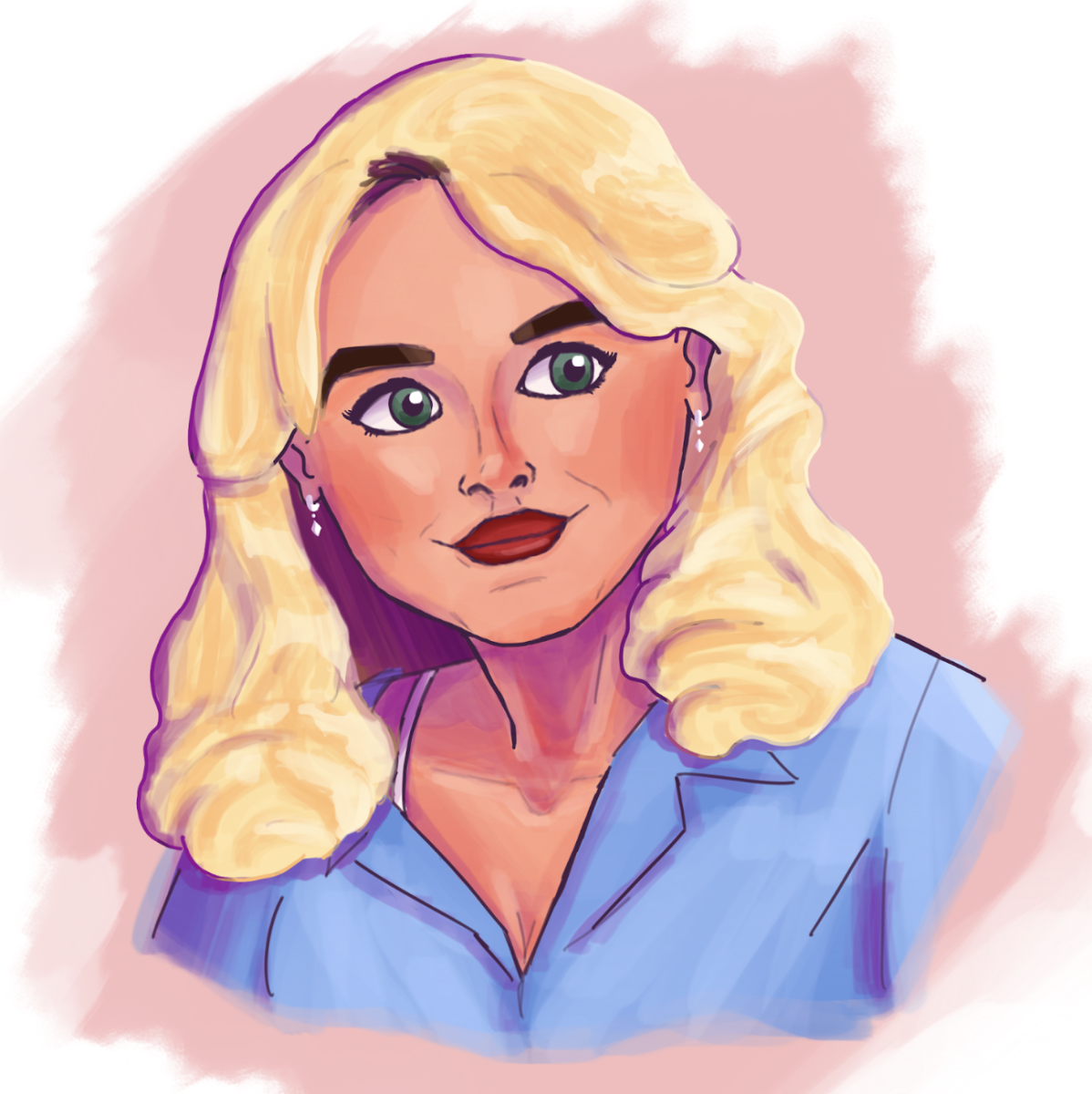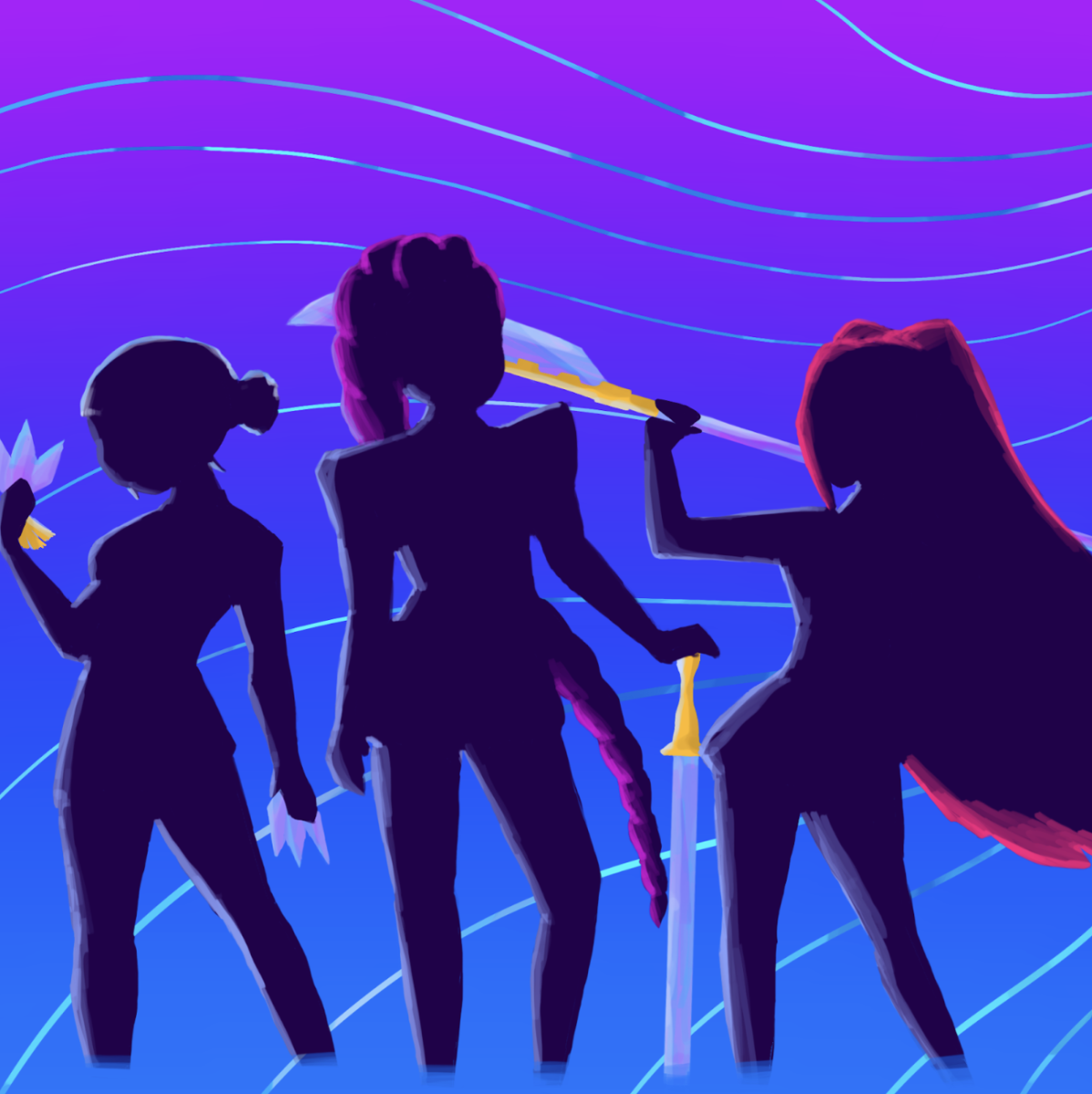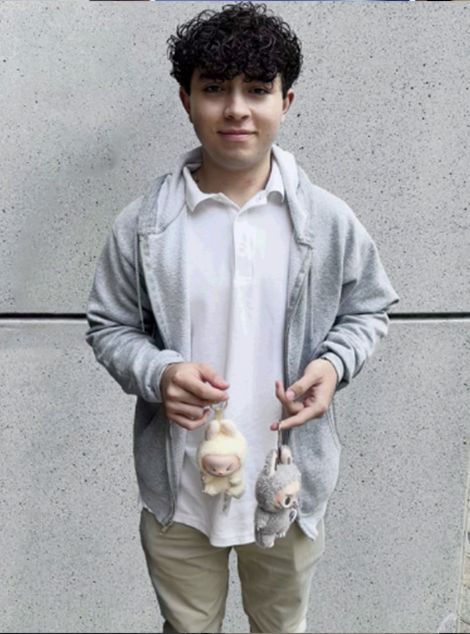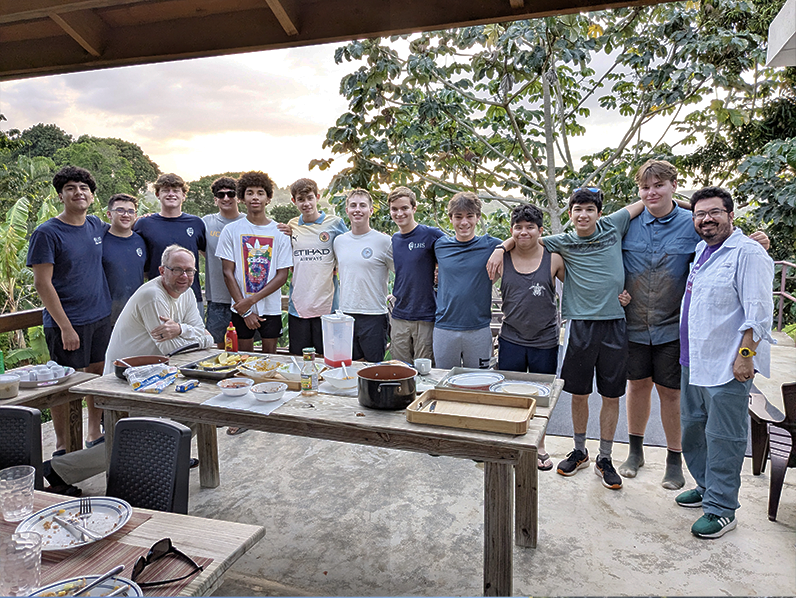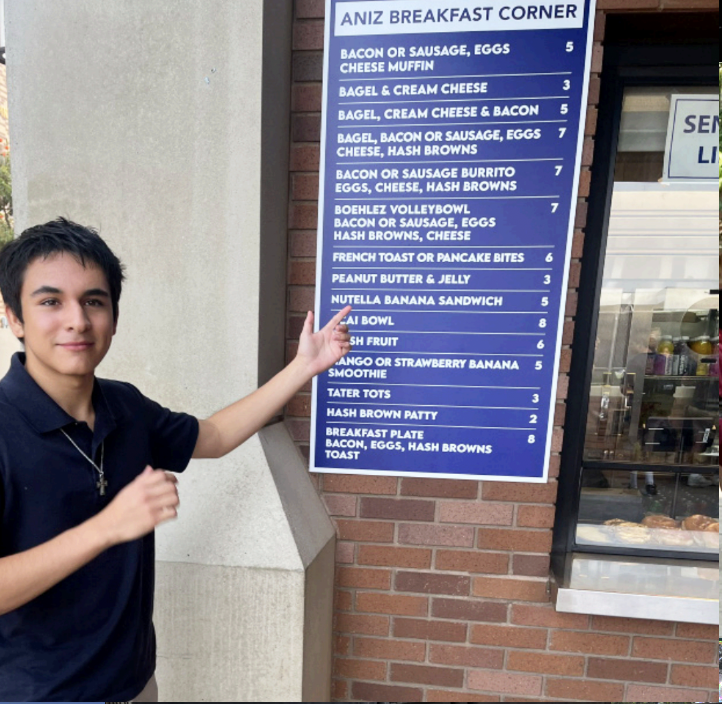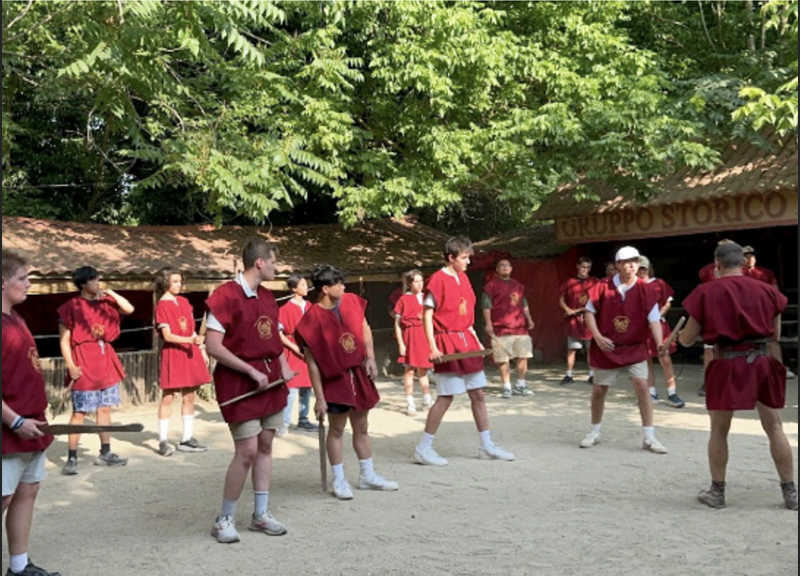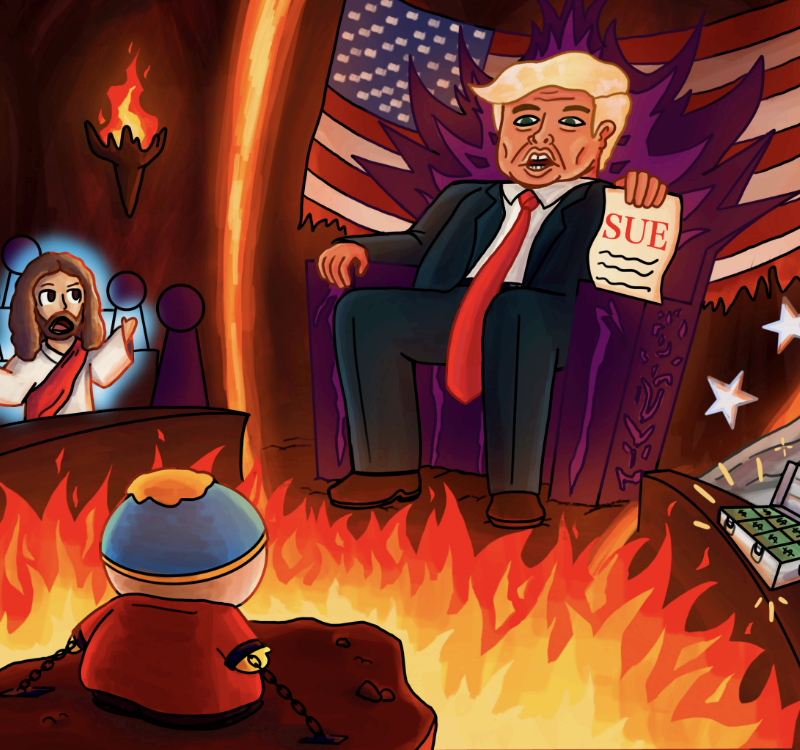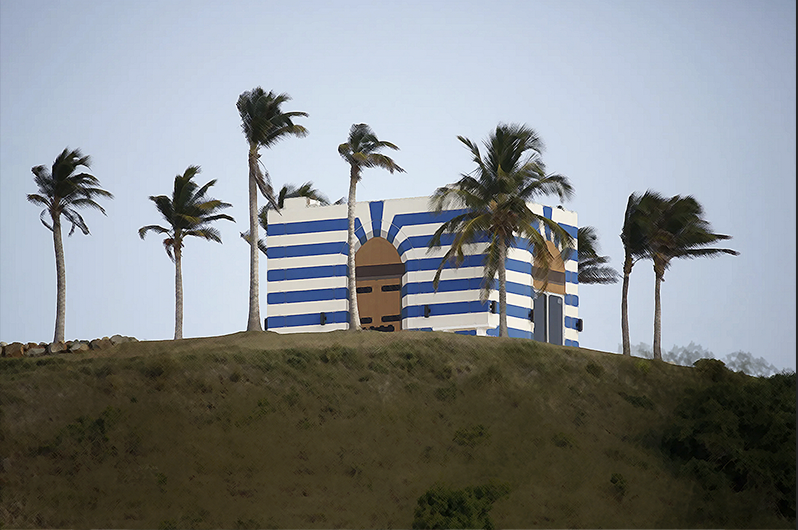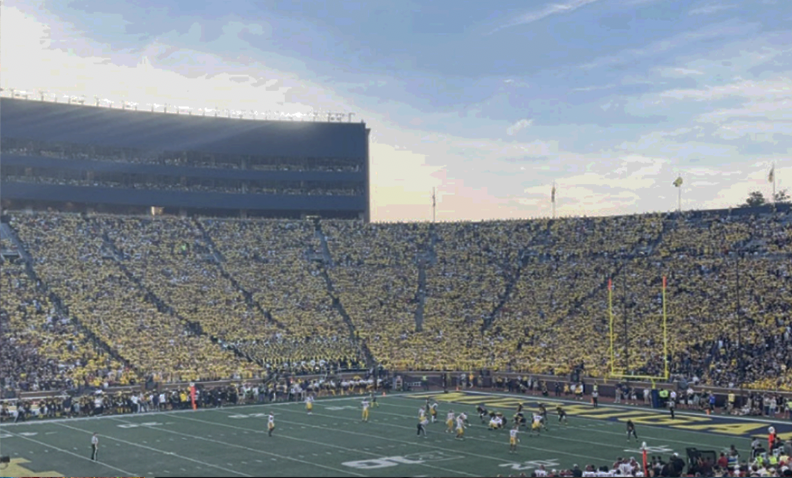Ever since the critical acclaim of Andor Season One in 2022, fans of the Star Wars franchise have looked forward to the second and final season to conclude the story of rebel captain Cassian Andor. At a production cost of $645 million, Andor is the most expensive Star Wars project to date. This budget is utilized in every facet of the series, from the epic score to the minute details of the costume designs.
The series is unique for Star Wars television in the sense that director Tony Gilroy utilizes practical sets and real-world filming locations in the United Kingdom instead of heavily relying on green screens and the volume technology that past Star Wars shows popularized. This results in key planets like Ghorman and Coruscant feeling lived-in and grounded.
The story of Andor serves as a prequel to the 2016 film Rogue One, where fans were first introduced to the rebel hero Cassian Andor. This season was responsible for filling in the gaps between Season One and the film, where there are four years of untold stories about the formation of the Rebellion and Cassian’s journey.
As a result, after every three episodes of the show, the timeline jumps one year into the future to show how Andor and the wider Rebel Alliance have developed. This story structure makes for interesting storytelling and compelling sub-narratives that span twelve episodes and four years. The story lacks lightsabers and force-wielders and instead highlights the heroism that arises from everyday people and dives into how revolution is born in the shadows.
This show focuses on both sides of the Galactic Civil War, developing Rebel and Imperial characters at the same time and showing how actions made by one side affect the other. On the side of the Rebellion, Diego Luna’s Cassian Andor and Genevieve O’Reilly’s Mon Mothma are the most prominent characters. As the titular character of the show, Andor is the man through whom we witness most of the events of the story. He is a normal man with no Force powers who is constantly suffering the consequences of the Imperial regime and wants to stand up against the injustices he faces.
Will Nolan ’25 stated, “Diego Luna puts on a fantastic performance, showing how his character goes from an apathetic individual to someone willing to give it all for the Rebellion by the end of the series.”
The two main Imperial characters that this season focuses on are Kyle Soller’s Syril Karn and Denise Gough’s Dedra Meero. They are two individuals trying to navigate a relationship while both participating in a fascist regime. This makes for interesting character dynamics as the season progresses and the Empire begins to make them choose between their relationship and their status within the hierarchy.
Thanks to the character-driven narrative, this season’s commentary on fascism and what it does to everyday people under its oppression is very overt. The biggest plotline in this season is about how the Empire is able to twist the galaxy’s perception of a specific population over many years through propaganda in order to carry out a genocide against those people to destroy their land for resources. The messaging is clearly on display in this season, and it makes for the most mature storytelling that Star Wars has ever tackled.
Chase Greenspan ’25 stated, “Andor is the gold standard for Star Wars television and is a series that can be enjoyed by everyone—not just fans of the franchise.”
The political intrigue, combined with the commentary on how everyday people can make a difference in the galaxy, helped Andor achieve its status as the highest-rated Star Wars production ever. The show is also universally loved by the usually divided Star Wars fandom, which is a very rare accomplishment and a testament to its quality. Andor is what the Star Wars franchise should be striving for with every new release, and fans hope that it’s not the last show of its kind.

